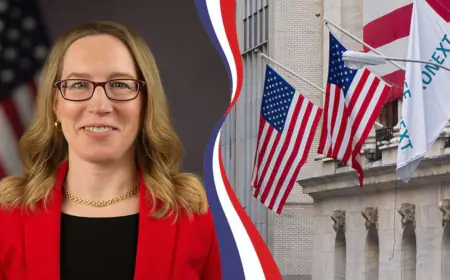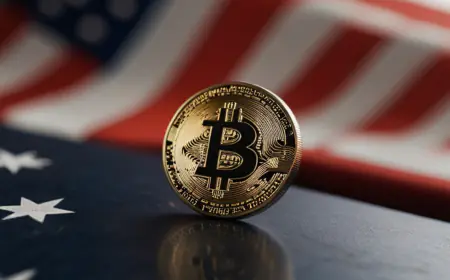Ripple’s Ascendance: World Bank Classifies XRP as Stablecoin for Instant Transactions
A report from the World Bank back in 2021 has resurfaced, under which it identified Ripple’s XRP and Stellar’s XLM as ideal stablecoins for cross-border payments. World Bank claimed in its report that the two tokens “enable faster and more efficient cross-border payments relative to correspondent banking.” Ripple’s XRP and Stellar’s XLM are two cryptocurrencies [...]


- A report from the World Bank back in 2021 has resurfaced, under which it identified Ripple’s XRP and Stellar’s XLM as ideal stablecoins for cross-border payments.
- World Bank claimed in its report that the two tokens “enable faster and more efficient cross-border payments relative to correspondent banking.”
Ripple’s XRP and Stellar’s XLM are two cryptocurrencies that can transform cross-border funds transfers, unlocking value through fast and efficient transactions, according to a World Bank report that recently resurfaced.
The report, authored in 2021, dived into the advent of CBDCs and their role in payments between countries. It looked at the various CBDC cross-border projects that were ongoing at the time, including Inthanon-Lionrock, which is between Hong Kong and Thailand, and Project Aber between the UAE and Saudi Arabia.
Beyond CBDCs, it looked at cryptocurrencies and their role in cross-border payments. The report singled out two tokens making a mark in this sector: XRP and XLM.
The report stated:
Two digital currencies that fall into this category (cross-border stablecoins) are RippleNet’s native digital currency Ripple (XRP),69 and Stellar network’s native cryptocurrency, the Stellar Lumen (XLM).70 Both Ripple and Stellar enable faster and more efficient cross-border payments relative to correspondent banking.
The World Bank noted that the XRP Ledger can process transactions involving any currency, allowing users to transact crypto and fiat currencies through near-instant transactions that cost pennies in fees. The existing global system takes over three days to settle cross-border transactions and is quite costly. A separate World Bank report revealed that in some regions, like Sub-Saharan Africa, users part with 8% of the transferred value in fees.
The report added:
The emerging DLT-based payment protocols are competing in the wholesale and retail payments space and have the potential to erode established clearing and settlement services provided by central banks and institutions.
Ripple’s XRP as a Cross-Border Stablecoin
Critically, the World Bank report described XRP as a cross-border stablecoin; this is a big part of why users revisited it, as Ripple has announced it will launch its own stablecoin on the XRP Ledger. As Crypto News Flash reported, the new stablecoin is Ripple’s response to users who have been reportedly requesting one for the longest time.
“Our view is, having pools of liquidity that are native to the XRP ledger, they complement and help grow the XRP ecosystem,” Garlinghouse told CNBC in an interview.
With the launch of the new stablecoin, XRP is unlikely ever to be utilized as a payments stablecoin as envisioned by the World Bank. The upcoming stablecoin will play this role, and rightly so, as stablecoins maintain their value against the underlying currency, which is critical in cross-border transfers and payments in general. The volatility that crypto tokens experience has been a critical reason merchants have shunned them.
What's Your Reaction?









































































































